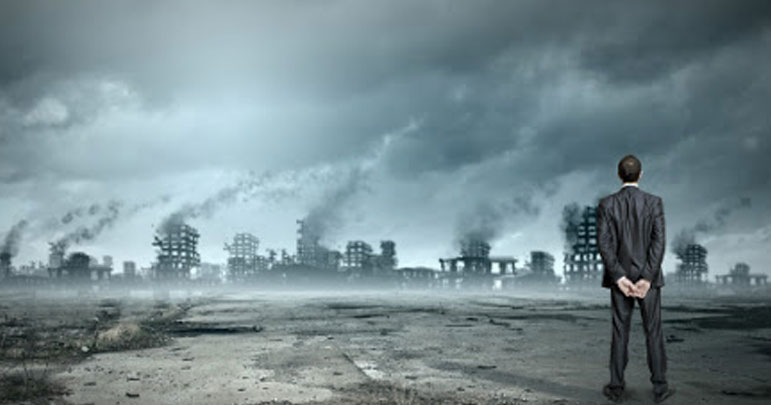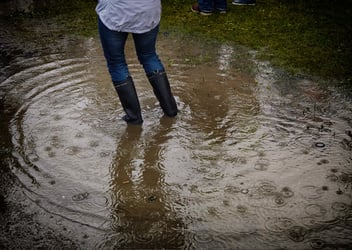Homeowner’s insurance covers many different perils that life may throw at your home, but it often excludes some disasters like hurricanes, earthquakes, wildfires, volcanos, and floods, as well as disasters created by humans, like a riot or terrorist attack. Catastrophe insurance exists to help give you coverage if there is a disaster that your normal insurance will not cover.
Catastrophe insurance is not just available for homeowners as renters and business owners can also get catastrophe insurance.
What is Considered a Catastrophe?
The insurance industry designates something a catastrophe “when claims are expected to reach a certain dollar threshold, currently set at $25 million, and more than a certain number of policyholders and insurance companies are affected.”
According to the Insurance Information Institute, between 1997 and 2016, 39.9 percent of insured losses were from wind, hail, and flood losses, including tornadoes. The losses from hurricanes and tropical storms made up another 38.2 percent or losses. According to Aon, in 2019 there were 409 natural disasters in the world; the total of insured losses from these events was $71 billion, and the economic losses totaled $232 billion. About 51 percent of the insured losses were in the United States.
Is the Insurance Worth It?
If you live in an area that has a high risk of having a certain type of catastrophe — like hurricanes in Florida — you may want to consider getting catastrophe insurance as it may help cover more if a disaster strikes. In Florida, some insurance companies will let you add on hurricane coverage to your existing policy, though you may have a separate deductible for hurricane damages.
Homeowner’s insurance usually does not cover damage from floods or earth movements, like earthquakes, landslides, and mudslide. Even if you have a policy that covers “all perils”, it may not cover everything, and it can still have some exclusions. This is where catastrophe insurance comes in, it can help cover what your normal insurance does not.
In some cases, you will have combined coverage from your regular insurance and your catastrophe insurance, especially in cases like hurricanes, where the damage comes from multiple sources and one policy only covers certain parts of the damages, but the other policy fills in those gaps. To help relieve some of the confusion and headache for you, you can hire a public adjuster to negotiate with both insurance companies on your behalf and help get sorted out which policy covers what. They are experts who will work hard to make sure you get the maximum amount you are owed from your insurance policies.
Waiting Periods
These policies usually take a little bit of time to kick in, so this is not something you can get three days before the hurricane strikes. For example, the national flood insurance has a 30-day waiting period before it kicks in; if you have a flood before you reach 30 days, it will not cover the incident. Usually, with hurricane insurance, you have to have the policy before the storm is officially named.




 Storm Damage
Storm Damage  Property Damage
Property Damage Appraisal Services
Appraisal Services Contact Us
Contact Us




.jpg)
 claims@ucspa.com
claims@ucspa.com Mon-Fri: 9:00am-5:00pm
Mon-Fri: 9:00am-5:00pm